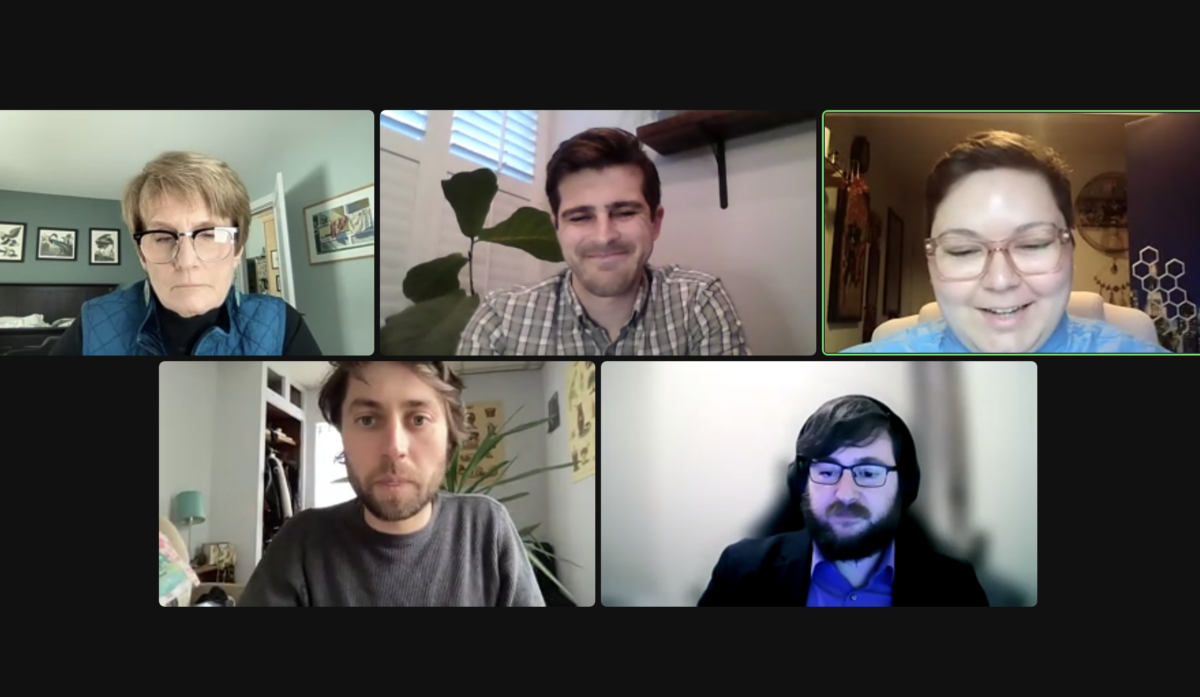Community Engagement is Key to BEAD Grant Planning Process, Experts Say
The current surge of broadband funding presents opportunities as well as challenges.
Em McPhie

WASHINGTON, February 21, 2023 — As state broadband offices enter the planning phase of the $42.5 billion Broadband Equity, Access and Deployment Program, industry leaders say that community engagement is key to ensuring affordability and long-term sustainability.
Speaking at a webinar hosted Thursday by the National Broadband Resource Hub, experts discussed the current surge of broadband funding opportunities and noted the many challenges facing state broadband offices, particularly those that are still young and understaffed.
Now that the National Telecommunications and Information Administration has awarded initial BEAD planning funds, the next step is for state broadband offices is to develop a five-year action plan. “We’re looking at late spring into the summer and early fall for the vast majority of states,” said Jake Varn, associate manager at The Pew Charitable Trusts.
As states develop these plans and prepare for the allocation of the majority of BEAD funds by the end of June, officials must make an effort to meet and engage with local communities, Varn said.
One of the most important topics for community discussion is that of realistic affordability, said Peggy Schaffer, a board member for the American Association for Public Broadband and the former director of Maine’s broadband office.
“How do we make sure that when we build this network, people in the community are going to be able to use it, are going to use it, have devices to use it and know how to access it?” she asked.
Schaffer also highlighted the importance of considering ongoing service rates in addition to any initial promotional rates. “That really is the is the key to whether service is going to be affordable long term,” she said.
Other considerations include speed thresholds and preventing ISP ’cherry-picking’
Another critical aspect of community engagement is identifying underserved areas, in addition to the more easily defined unserved areas.
“There will be lots of locations that get funded that are that currently have broadband at the current minimum threshold but don’t have the high-speed, high-quality service that they need,” said Corian Zacher, senior policy counsel at Next Century Cities.
Schaffer noted that the Federal Communications Commission’s current definition of served — at least 25 Megabits per second (Mpbs) for downloads and 3 Mbps for uploads — does not take cost into account. Certain remote and rural areas are considered served by that definition because those speeds are technically available, but the costs can be prohibitively expensive, Schaffer said.

Screenshot of the National Broadband Resource Hub webinar
And many have argued that the FCC’s speed threshold is far too low, advocating for it to be raised to 100 Mbps for downloads and 20 Mbps for uploads.
“Overwhelmingly, there was a lot of support for that,” said Ryan Johnston, senior policy counsel at Next Century Cities. “Unfortunately, with the way that the commission is currently deadlocked, it’s very difficult for the chairwoman to get something like that through.”
“None of that will change until we get a fifth commissioner,” Schaffer agreed.
As the planning process moves further, communities and state broadband offices will need find ways of preventing internet service providers from “cherry-picking the most desirable un- and underserved areas,” said Alex Kelley, head of broadband consulting for the Center on Rural Innovation.
Kelley recommended incorporating a variety of mechanisms for assessing the efficiency of grant requests. Only relying on the per-passing cost, he said, can incentivize providers to “pick out or gerrymander… the densest of the un- and underserved areas, and that can lead to perpetuating this phenomenon of kicking the can down the road for the hardest-to-serve areas.”










Member discussion